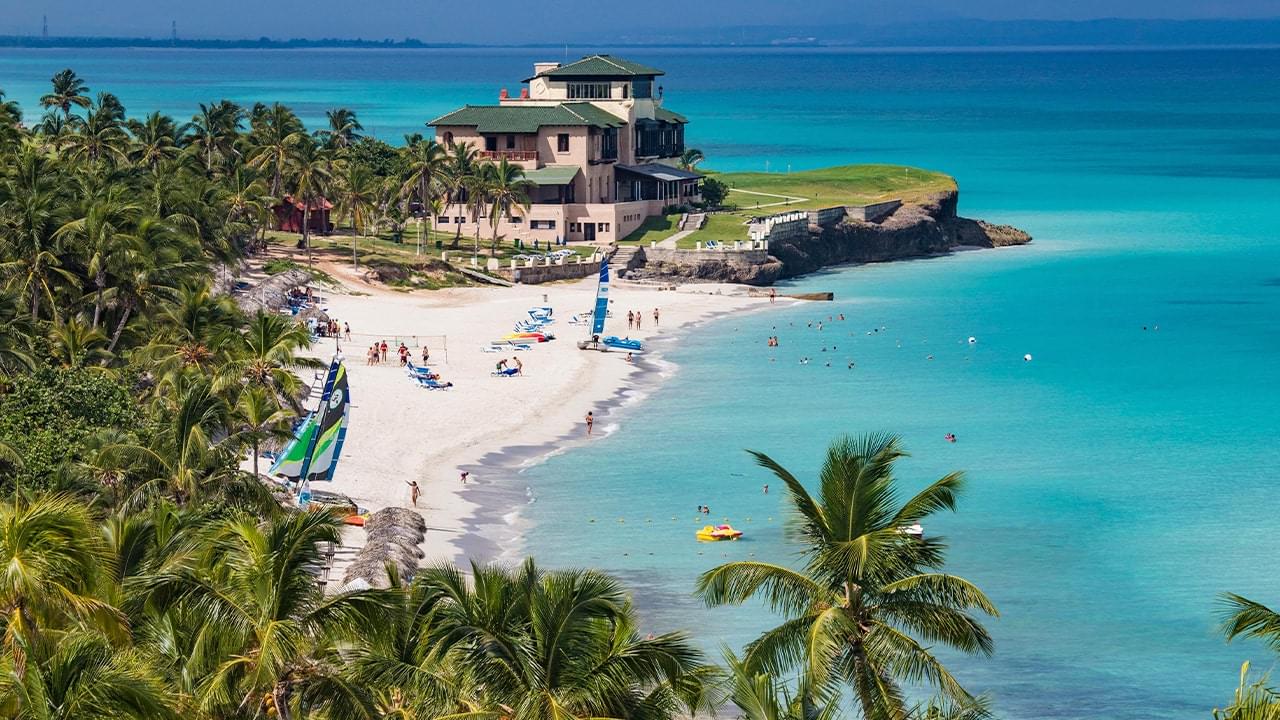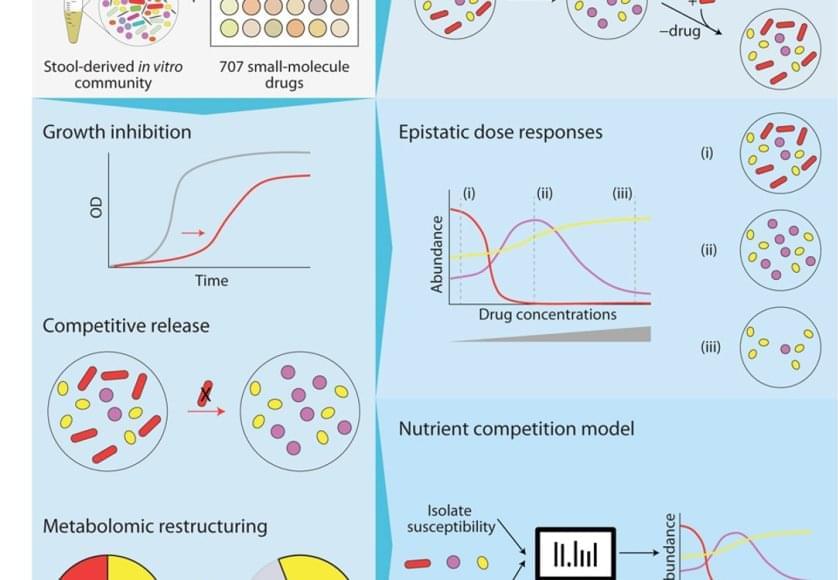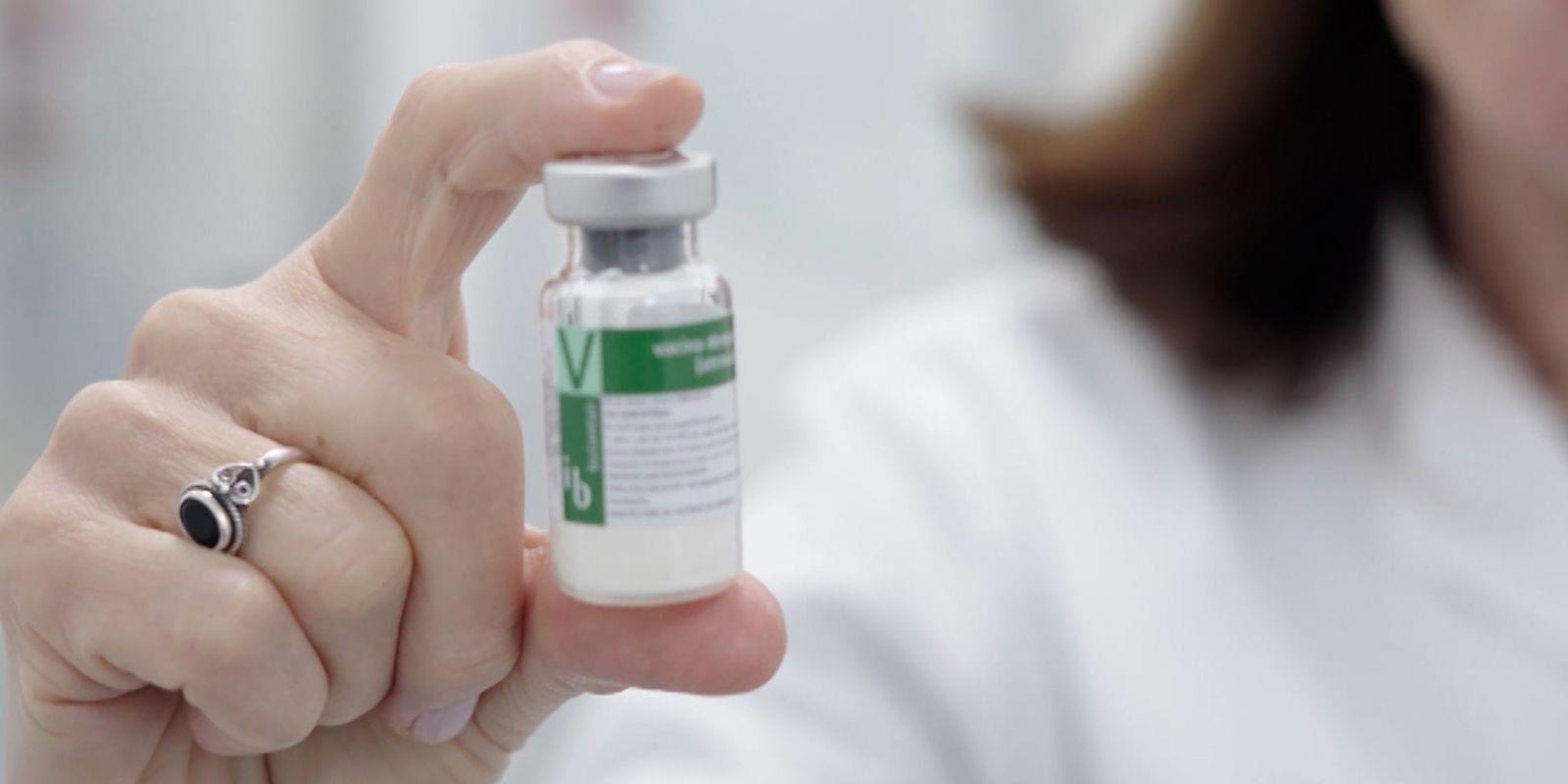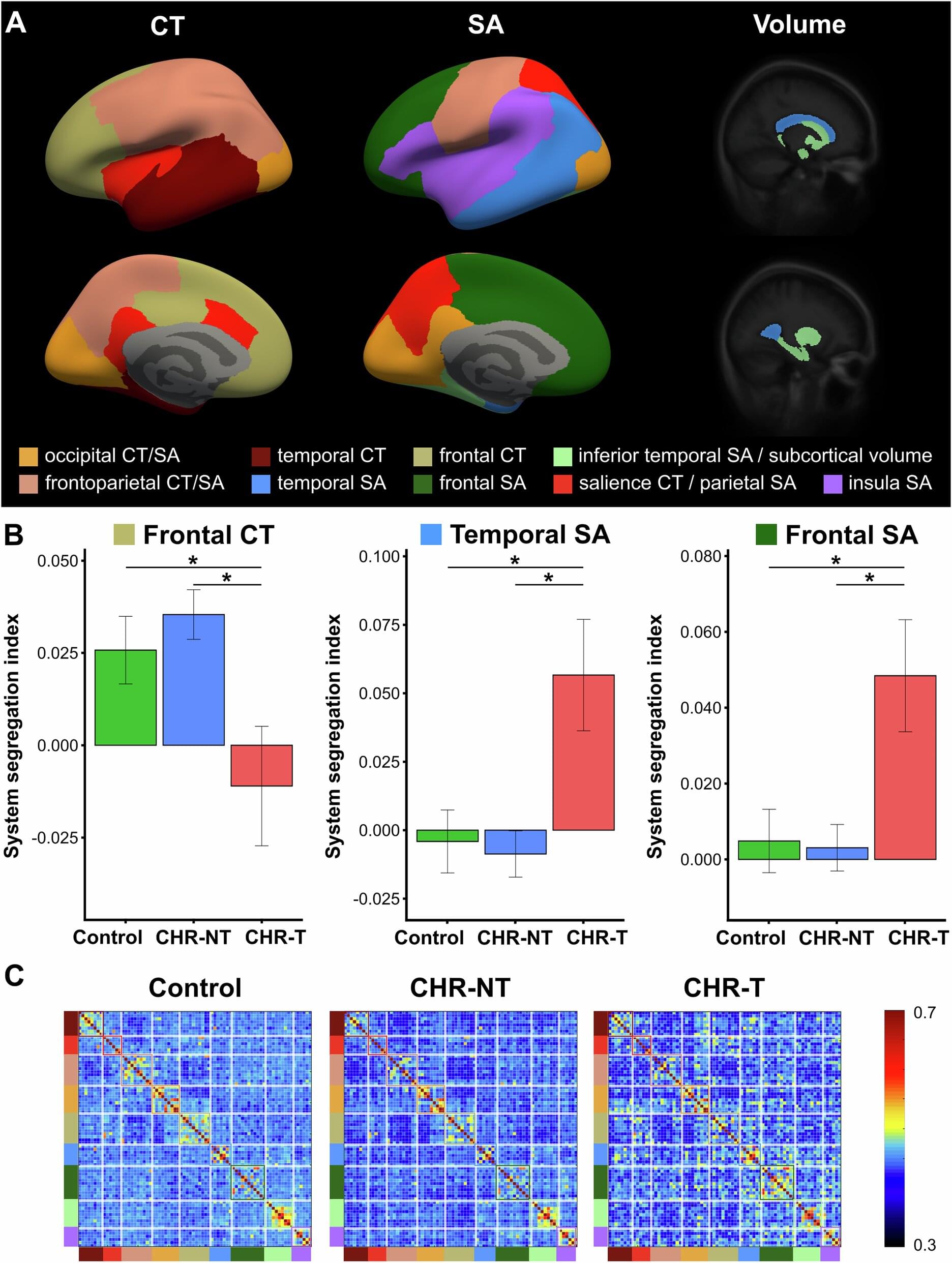Global chikungunya outbreak prompts health warnings as cases surge across tropical regions. WHO reports 155 deaths from mosquito-transmitted virus.



The bacteria in our poop are a reasonable representation of what’s living in our digestive system. To understand how different drugs can impact the gut microbiome, the team cultured microbial communities from nine donor fecal samples and systematically tested them with 707 different clinically relevant drugs.
The researchers examined changes in the growth of different bacterial species, the community composition, and the metabolome – the mix of small molecules called metabolites that microbes produce and consume. They found that 141 drugs altered the microbiome of the samples and even short-term treatments created enduring changes, entirely wiping out some microbial species. The primary force behind how the community responds to drug inhibition was competition over nutrients.
“The winners and losers among our gut bacteria can often be predicted by understanding how sensitive they are to the medications and how they compete for food,” said the first author on the paper. “In other words, drugs don’t just kill bacteria; they also reshuffle the ‘buffet’ in our gut, and that reshuffling shapes which bacteria win.”
Despite the complexity of the bacterial communities, the researchers were able to create data-driven computer models that accurately predicted how they would respond to a particular drug. They factored in the sensitivity of different bacterial species to that drug and the competitive landscape – essentially, who was competing with whom for which nutrients.
Their work provides a framework for predicting how a person’s microbial community might change with a given drug, and could help scientists find ways to prevent these changes or more easily restore a healthy gut microbiome in the future.
Our gut microbiome is made up of trillions of bacteria and other microbes living in our intestines. These help our bodies break down food, assist our immune system, send chemical signals to our brain, and potentially serve many other functions that researchers are still working to understand. When the microbiome is out of balance – with not enough helpful bacteria or the wrong combination of microbes – it can affect our whole body.

The Ministry of Health intends to begin administering doses in 2026, free of charge, through the SUS, the country’s national heal care network.
In a statement, Anvisa reported that the publication makes official the conclusion of the regulatory process and enables the production and sale of the vaccine, which will be offered exclusively through the public health system.
“The registration is a milestone in the fight against dengue in Brazil. The vaccine has undergone all the technical and regulatory stages required by health legislation, ensuring its safety, quality, and efficacy,” the text reads.

Researchers from the Yong Loo Lin School of Medicine, National University of Singapore (NUS Medicine), and NHG Health’s Institute of Mental Health (IMH) have mapped how brain networks differ in individuals at Clinical High Risk (CHR) for psychosis, providing a new perspective on the mechanisms underlying the disease onset.
Published in Molecular Psychiatry, the study utilized advanced neuroimaging methods to identify early, network-level changes in more than 3,000 individuals at varying levels of risk.
The study—led by Dr. Siwei Liu, Senior Research Scientist, and Associate Professor Juan Helen Zhou, Director, both at the Center for Translational Magnetic Resonance Research (TMR), NUS Medicine, and in collaboration with Associate Professor Jimmy Lee, Senior Consultant Psychiatrist and Clinician-Scientist at IMH—sought to determine how brain networks can reveal signs in young individuals with heightened clinical risk of developing psychosis.


Mental health is a global crisis, with more than 1 billion people affected by mental health conditions, according to the World Health Organization (WHO). Young people are particularly affected, with suicide as the third leading cause of death among those aged 15 to 29. A new study of the mental health of Nepali adolescents published in the journal PLOS One found that more than 40% of teens suffer from anxiety and that parenting style is a major factor influencing mental well-being.
A research team led by Rabina Khadka, a public health lecturer at the Manmohan Memorial Institute of Health Sciences in Kathmandu, surveyed 583 school-going adolescents in Bheemdatt Municipality, Nepal. The aim was to fill in gaps in the existing data, specifically the lack of research on how different parenting styles (authoritative, authoritarian and permissive) relate to a range of mental health outcomes.
Participants were asked to fill out a four-part survey with questions covering their mental health status (levels of depression, anxiety, stress and self-esteem), perceived parenting style and personal information such as age, gender and family situation. The researchers then measured these factors using recognized psychological scales and analyzed the data to find statistical links between the type of parenting teens received and their mental health.

An unusual public health policy in Wales may have produced the strongest evidence yet that a vaccine can reduce the risk of dementia. In a new study led by Stanford Medicine, researchers analyzing the health records of Welsh older adults discovered that those who received the shingles vaccine were 20% less likely to develop dementia over the next seven years than those who did not receive the vaccine.
The remarkable findings, published April 2 in Nature, support an emerging theory that viruses that affect the nervous system can increase the risk of dementia. If further confirmed, the new findings suggest that a preventive intervention for dementia is already close at hand.
In a follow-up study published Dec. 2 in Cell, the researchers found that the vaccine may also benefit those already diagnosed with dementia by slowing the progress of the disease.

Colorectal cancer (CRC) is closely linked to gut microbiota dysbiosis. We synthesize evidence that carcinogenic microbes promote CRC through chronic inflammation, bacterial genotoxins, and metabolic imbalance, highlighting key pathways involving Fusobacterium nucleatum, pks+Escherichia coli, and enterotoxigenic Bacteroides fragilis (ETBF). Building on these mechanisms, we propose a minimal diagnostic signature that integrates multi-omics with targeted qPCR, and a pathway–therapy–microbiome matching framework to guide individualized treatment. Probiotics, fecal microbiota transplantation (FMT), and bacteriophage therapy show promise as adjunctive strategies; however, standardization, safety monitoring, and regulatory readiness remain central hurdles. We advocate a three-step path to clinical implementation—stratified diagnosis, therapy matching, and longitudinal monitoring—supported by spatial multi-omics and AI-driven analytics. This approach aims to operationalize microbiome biology into deployable tools for risk stratification, treatment selection, and surveillance, advancing toward microbiome-informed precision oncology in CRC.
Colorectal cancer (CRC) is one of the most prevalent malignant tumors worldwide. According to the latest data released by the International Agency for Research on Cancer (IARC), the global incidence of CRC is expected to exceed 3.2 million new cases in 2040, with nearly 1.6 million deaths, ranking third among all cancers after breast and lung cancer (Morgan et al., 2022). While early detection rates are relatively high in some developed countries, such as the United States and European nations, due to well-established screening programs, the situation remains critical in developing regions including India and Africa, where screening coverage is limited and over 60% of cases are diagnosed at advanced stages (Lee and Holmes, 2023). This “high-incidence and high-mortality” pattern not only poses a significant threat to public health but also imposes a considerable burden on global healthcare systems.
With the rapid development of high-throughput sequencing, metagenomics, and metabolomics, the role of the gut microbiota in human health and disease has drawn increasing attention (Fan and Pedersen, 2020). Gut microbes maintain intestinal homeostasis and host immunity. They also contribute to CRC via chronic inflammation, bacterial genotoxins, oxidative stress, and dysregulated microbial metabolites (Dougherty and Jobin, 2023; White and Sears, 2023). Given that the colon and rectum harbor a highly dense microbial ecosystem, gut microbiota dysbiosis is now considered a pivotal environmental factor contributing to CRC onset and progression.

A new study has identified a critical “pressure sensor” inside the kidney that helps the body control blood pressure and fluid levels. The finding helps explain how the kidneys sense changes in blood volume—something scientists for decades have known occurs but didn’t have a mechanistic explanation.
Researchers at Oregon Health & Science University and collaborating institutions discovered that a protein called PIEZO2 acts as a mechanical sensor in the kidney. When blood volume changes, this protein helps trigger the release of renin, a hormone that starts a chain reaction known as the renin-angiotensin-aldosterone system, or RAAS. The system is one of the body’s main tools for keeping blood pressure stable and making sure the body has the right balance of salt and water.
The study, published today in Cell, shows that without PIEZO2, the kidney releases too much renin. This throws the RAAS off balance and causes the kidneys to filter blood too quickly, something that can lead to health problems if it continues over time.

The world’s first single-dose vaccine to prevent dengue fever has been approved for licensure in one of the largest countries affected by the disease, following 16 years of research contributions by scientists at the University of Vermont (UVM) Vaccine Testing Center, in partnership with the U.S. National Institutes of Health (NIH) and the Johns Hopkins Bloomberg School of Public Health (JHSPH).
Dengue is the most common mosquito-borne disease worldwide, with nearly half the world’s population living in places with the risk of dengue. Along with high fever and severe muscle and bone pain, the virus can lead to shock, bleeding, and death.
With more than 100 million cases reported annually, dengue poses a growing risk throughout the globe, including in the United States. Brazil recorded 5.9 million cases of dengue and more than 6,000 deaths in 2024.